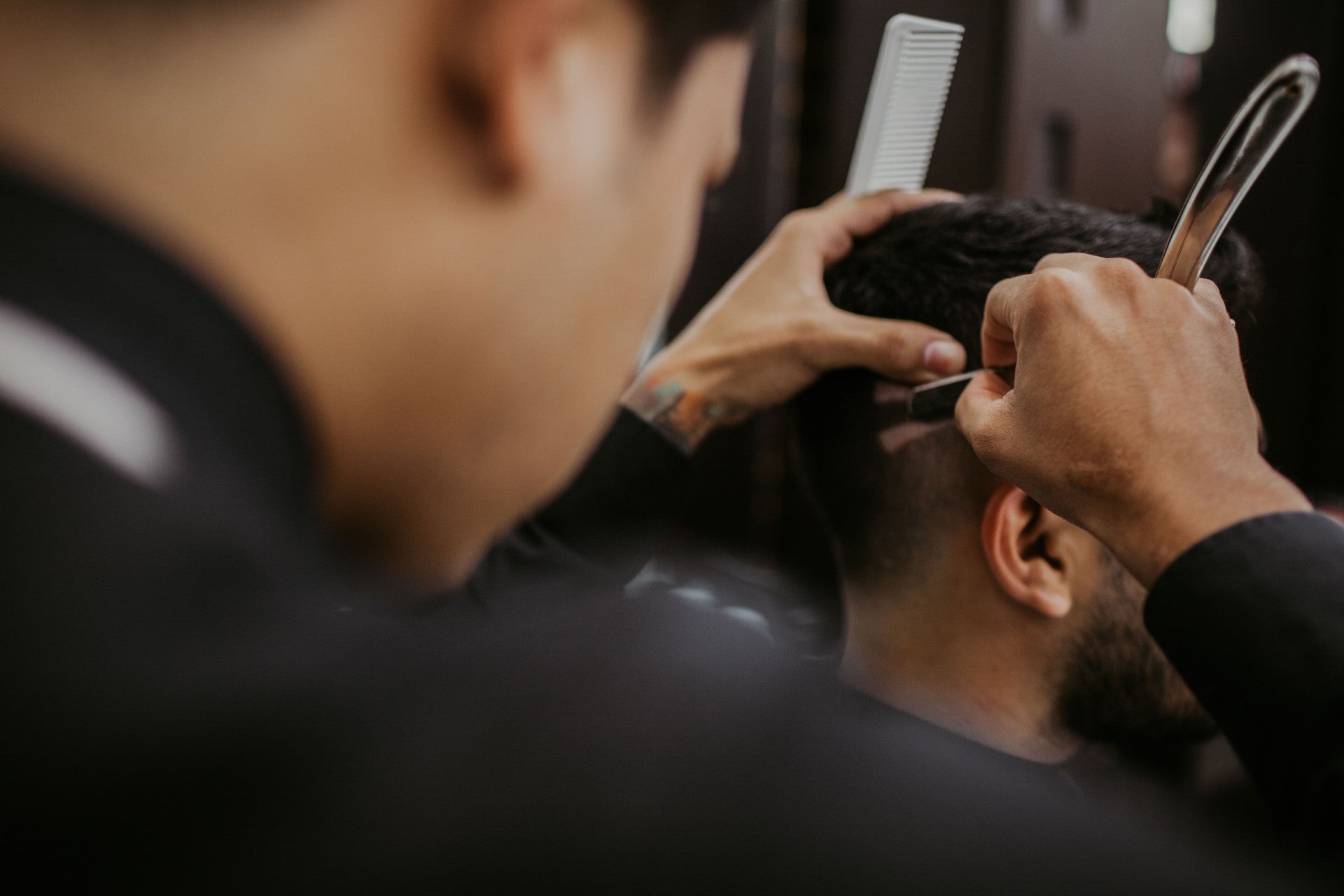A receding hairline, male pattern baldness or thinning hair overall are things that the vast majority of men will have to deal with during their lifetime. Hair loss is a normal part of ageing for both men and women, although it does tend to have a much bigger effect on men. In fact, only less than 5% of men are able to retain their youthful hairline throughout their lives and by the age of fifty, around half of guys worldwide are completely or almost bald. So, if you have started to notice that your hair is no longer as full or as thick as it used to be, or that your hairline is moving backwards, you’re certainly not alone. But the good news is that there are several things that you can do to slow it down or reduce the impact it has on your appearance. What are your options?
Hair Loss Treatments
There are several hair loss treatment options that you might want to consider if you have started to notice the effects of a receding hairline or thinning hair. The two most common are finasteride and minoxidil, which both encourage healthy hair growth and stimulate your follicles to slow down the effects of male pattern baldness. While you will not be able to use them to prevent losing your hair altogether, they can certainly be useful for helping you hang onto your hair for as long as possible.
You can request a personalised treatment plan here at Manual to discover the best hair loss treatment for you.
Hair Transplant
Another option that is growing in popularity is a hair transplant. You might have seen several celebrities who are losing their hair opt for a transplant to get their thick mane back. However, there are a few things that you should know before you opt for this type of treatment, with the first being that it is not quick. Since you will require to have a break of between 9-12 months between treatments, you might have to deal with your hair not quite looking exactly how you’d like it to for quite some time.
How does a hair transplant work? Firstly, you will be given a local anaesthetic while a small 1cm portion of your scalp that has a lot of hair is removed. The hairs will then be divided up into either small groups of hairs, or individual hairs, which will then be grafted onto the parts of your head that are bald. No stitches are required for the procedure, and the hair will usually begin to settle and start growing in its new location in around six months’ time.
Embrace It
For some men, the key to dealing with male pattern baldness and losing hair is to simply embrace it. If you’ve always wondered if you could rock the bald look, now is a great time to try it! Let’s face it – you don’t need hair to be attractive as has been proven by plenty of bald celebs like Jason Statham and Vin Diesel who are completely hairless on their heads and still manage to climb to the top of ‘sexiest men’ lists every single year.
Many guys who decide to brave the shave and embrace their hair loss will grow a beard instead, and facial hair can certainly be a great way to compensate for whatever is lacking on the top of your head. If you can grow a beard, it’s a great way to accentuate your best facial features and draw attention from your head – but don’t worry if you can’t, you can still easily rock the bald look by practicing a good skincare routine and choosing stylish clothing for your top half.
Try a New Hairstyle
Did you know that most men will only change their hairstyles a whopping four times in their adult life? You might be the type to stick to what you know, and there’s certainly nothing wrong with that, but if what you know isn’t really working out for you any longer, it might be time to think about making a change. A good barber will be able to come up with a hairstyle that is tailored to your specific needs, accentuates your best features and hides away or draws attention from those bits that you don’t want people to focus on. Even if you have lost some of your hair or your hairline is receding, there are still plenty of hairstyles that you can use to make the most of what you’ve got.
Male pattern baldness is something that affects at least 50% of men around the world. if you’re currently dealing with it, there are plenty of ways to minimise the effect it can have on your life.


















